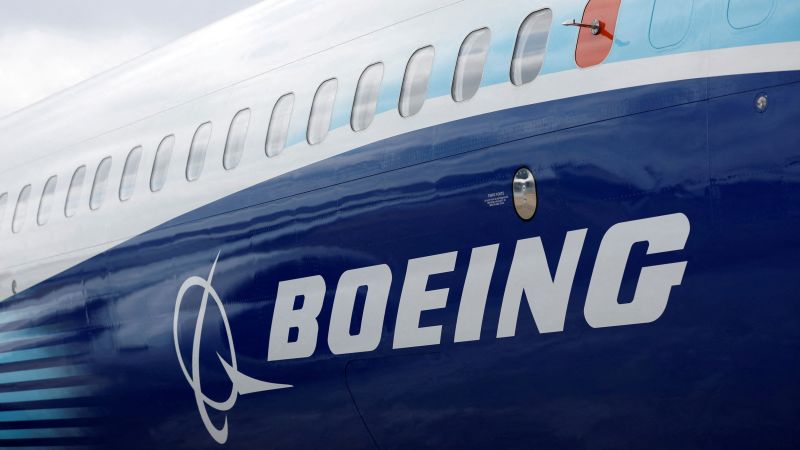The National Transportation Safety Board has issued urgent safety recommendations for certain Boeing 737 aircraft, including the troubled 737 MAX line, due to the possibility of critical flight controls jamming. The NTSB investigated a February incident involving a United Airlines MAX 8 where the pilots reported their rudder pedals being stuck in the neutral position. This warning is the latest in a series of problems for Boeing, including a mid-air blowout of a door plug in January and a recent strike by 33,000 workers.
Boeing’s 737 flight manual directs pilots to use maximum force to overcome a jammed or restricted rudder, which the NTSB expressed concerns about. They worry that applying this force during landing could lead to a sudden, unintended rudder deflection that could result in loss of control or departure from a runway. The NTSB is recommending that Boeing find an alternative solution and inform pilots of the issue. The FAA states that they are closely monitoring the situation and plan to convene a corrective action review board based on the NTSB’s interim recommendations.
Boeing has faced a series of issues over the past five years, some tragic and others embarrassing, which have had significant financial implications. This includes two fatal crashes of the 737 Max in October 2018 and March 2019, resulting in a total of 346 fatalities. The crashes led to a 20-month grounding of the aircraft and a halt in deliveries to address a design flaw linked to the accidents. Boeing’s reputation and financial standing have been severely impacted by these events.
The FAA has stated that United Airlines is the only US airline using the components in question, and they are no longer in use. Boeing has been under scrutiny for their handling of safety issues and design problems, and the latest NTSB warning adds to the mounting pressure on the company. The NTSB’s recommendation for Boeing to develop a different approach to address the possibility of rudder control failure reflects the seriousness of the situation and the need for immediate action to ensure the safety of passengers and flight crews.
Boeing’s troubles have extended beyond the 737 MAX incidents, with various technical problems and safety concerns surfacing in recent years. The company’s response to these issues has been closely watched by regulators and stakeholders, as they work to regain trust and address the underlying issues. The FAA’s commitment to reviewing the NTSB’s recommendations and taking appropriate action highlights the importance of ensuring the safety and reliability of aircraft systems. Boeing’s reputation and market position have been significantly impacted by these recent events, raising questions about their ability to effectively address safety concerns and prevent future incidents.
Overall, the NTSB’s urgent safety recommendations for certain Boeing 737 aircraft highlight the ongoing challenges facing the company in ensuring the safety of their aircraft. The combination of technical problems, design flaws, and safety issues has created a difficult environment for Boeing to navigate. As they work to address the NTSB’s concerns and implement corrective actions, the company will need to demonstrate a commitment to safety and transparency to rebuild trust with regulators, airlines, and passengers. The industry will be closely watching how Boeing responds to these latest challenges and the impact on their future operations and reputation.













